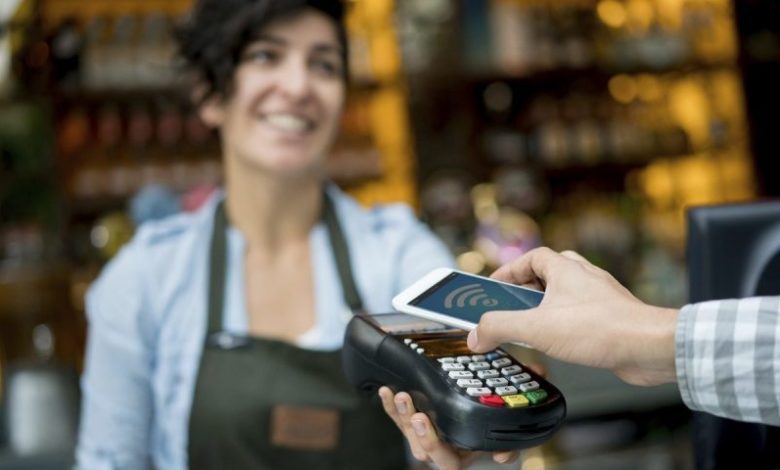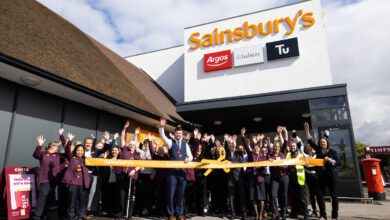Advice
How retailers can turn the store of the future into a reality

The face of retail is rapidly changing with a significant increase in online shopping and reduced footfall in high-street stores.
You'll need to
subscribe to unlock this content. Already subscribed? Login?






